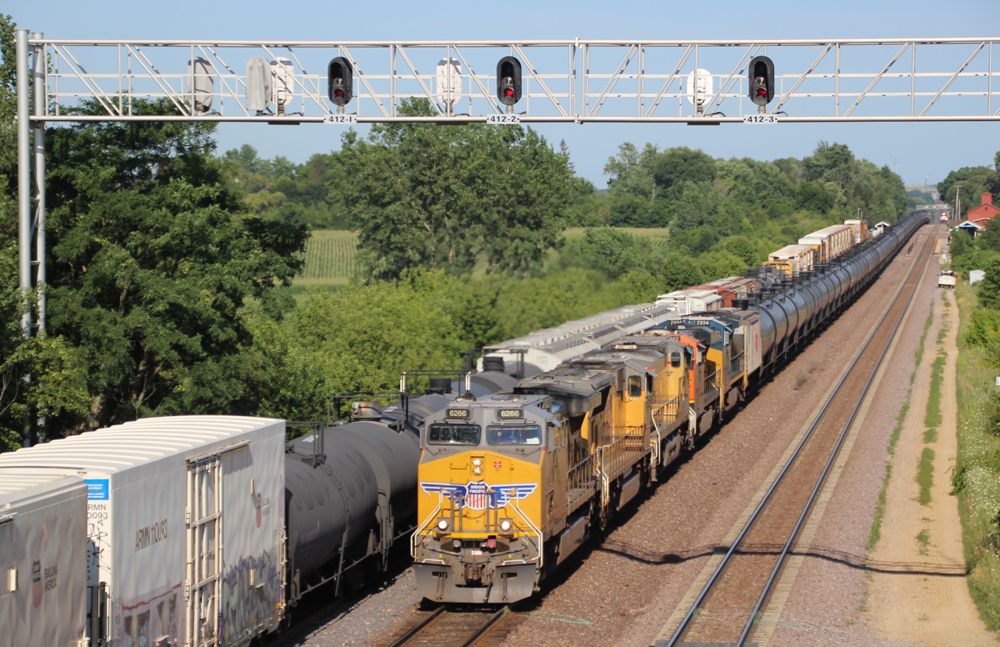
Wabtec will modernize 600 locomotives over a three-year period for Union Pacific in a deal valued at more than $1 billion, the largest such program in railroading history.
The Associated Press first reported the agreement on Tuesday evening.
The program will include 525 AC4400 and AC6000 locomotives, as well as 75 Dash-9 units which will also undergo DC-to-AC conversion. The units will receive digital and technical improvements including the FDL Advantage engine upgrade and an upgraded control technology, Modular Control Architecture, which plugs in to replace existing controls and is intended to offer increased reliability and more computing power [see “Wabtec launches fleet modernization program,” Trains News Wire, Sept. 24, 2019].
The railroad is highlighting the environmental gains from the program, which will bring significant savings in fuel and allow it to operate with fewer locomotives.
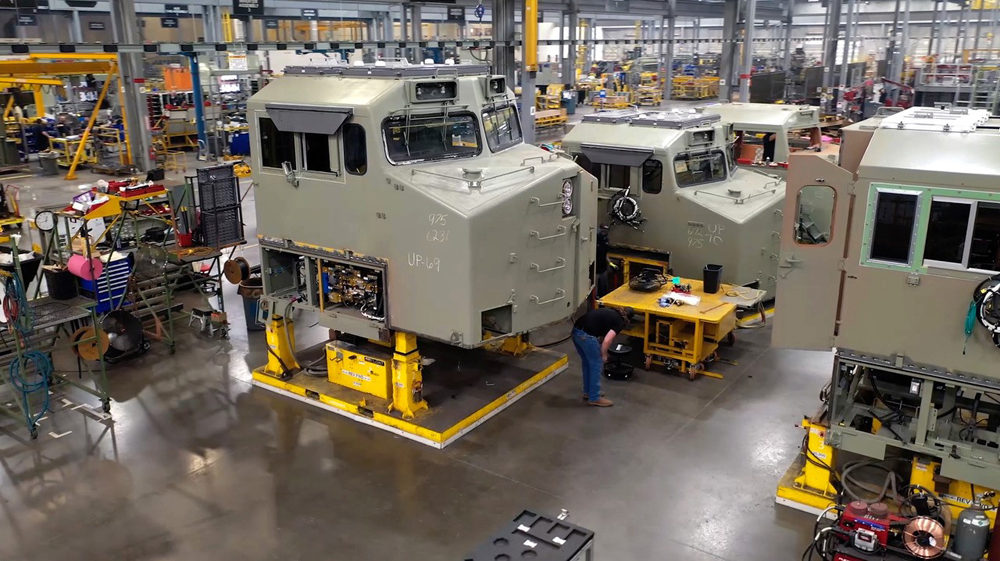
“Union Pacific is taking thoughtful, deliberate steps to reduce our environmental impact and to help our partners improve theirs,” UP CEO Lance Fritz said in a press release. “Wabtec’s modernization program helps make our existing fleet more fuel efficient, capable and reliable. The resulting increased tractive power enables us to move more freight with fewer locomotives, which improves efficiency and reduces emissions.”
Wabtec says the modernizations will decrease carbon emissions by approximately 350 tons per locomotive per year, resulting in a total decrease in emissions of approximately 210,000 tons. The program will also reuse more than half the weight of each locomotive — resulting in a total reuse and recycling of more than 70,000 tons, or a weight equivalent to more than 51,000 passenger vehicles.
The modernizations will also increase locomotive fuel efficiency by as much as 18%, increase reliability of the older units by more than 80%, and increase haulage ability by more than 55%, allowing UP to move the same amount of traffic with fewer locomotives. The railroad currently has a locomotive fleet of about 7,400 units.
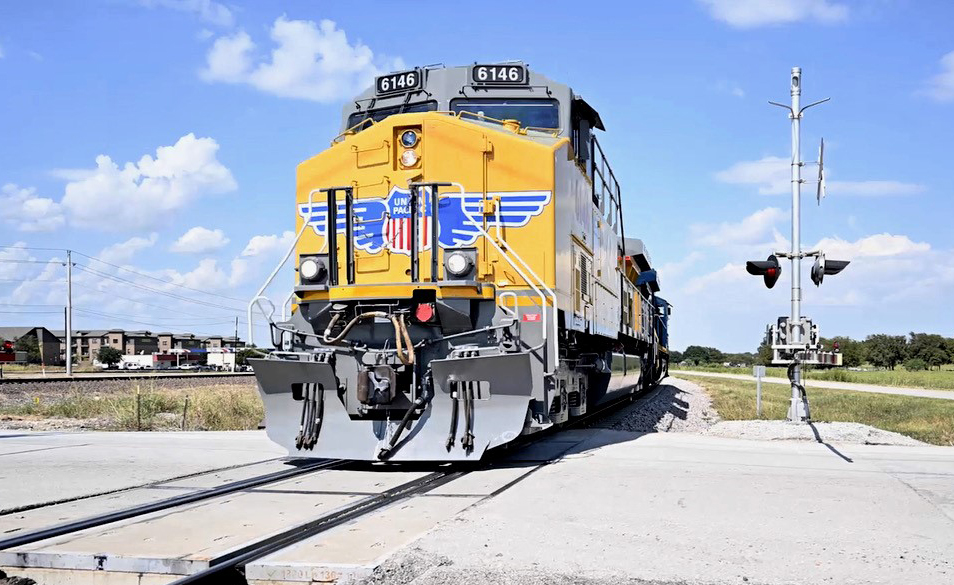
“Modernizations are a game changer for our customers, offering the ability to realize significantly more value out of existing locomotive assets,” Wabtec CEO Rafael Santana said in the release. “By customizing these solutions for our customers and installing state-of-the-art technology, we are helping our customers realize outcomes including increased tractive effort, fuel efficiency, reliability, and adhesion, which reduce maintenance, repair and overhaul expenses. These fleet benefits will support Union Pacific’s sustainable service improvements and long-term growth strategy.”
As an individual program and in total, Union Pacific’s modernization program is the largest in railroading. The 600-unit order surpasses a program announced earlier this year by Norfolk Southern to upgrade 330 Dash 9-44CW units into AC44C6M diesels by 2025, which will give Norfolk Southern more than 950 upgraded units [see “Wabtec to modernize 330 locomotives …,” News Wire, March 23, 2022]. Union Pacific will have more than 1,000 upgraded locomotives at the completion of the three-year program.
“It comes down to really taking an asset that’s there and really infusing it with technology so that for the next 20 years of its life, it’s optimized,” Gina Trombley, Wabtec’s chief commercial officer, told the AP.
Wabtec spokesman Tim Bader said the company’s Fort Worth, Texas, plant will get “a lot of the work” for the program, but that “ultimately, production sites for the order will be determined factoring in plant capacity, location, cost competitiveness, and schedule.” The company is actively hiring at many of its sites, he said.
— Updated at 10:53 a.m. CDT with additional comment from Wabtec on where modernization work will take place; updated at 11:30 a.m. with additional detail on Dash-9 locomotive upgrades.








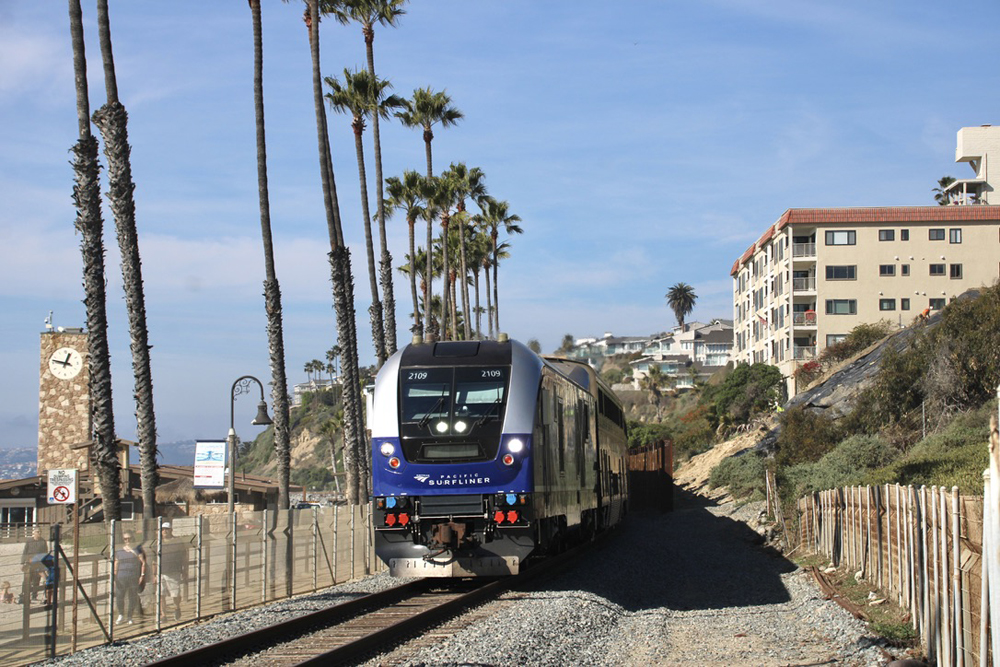
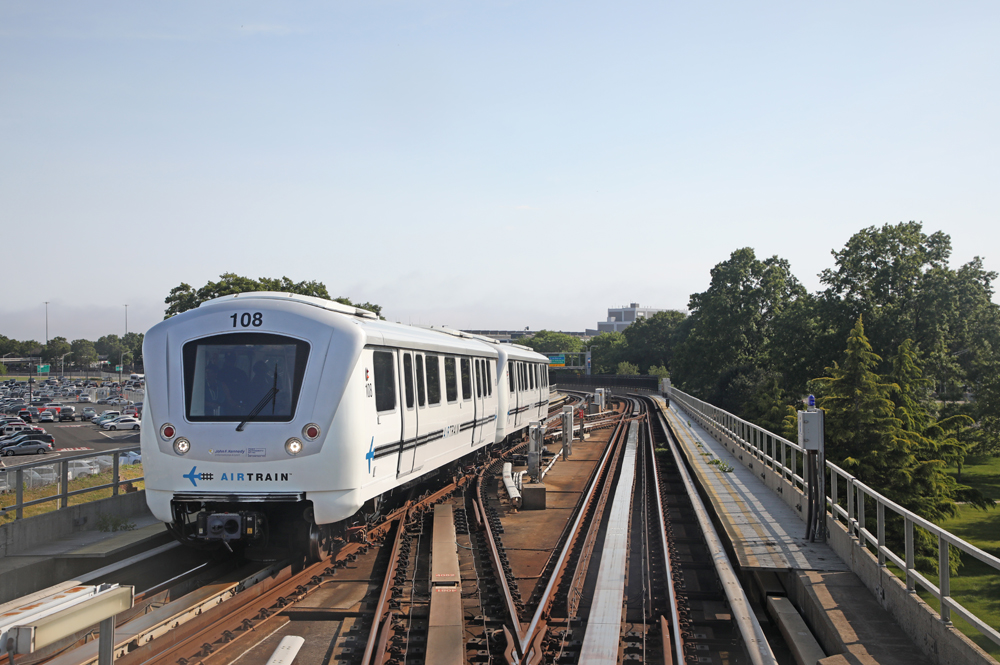




I’m a bit confused by the numbers they’re talking. The previous program announced in late 2019 was to rebuild 980 AC4400CW’s and AC6000CW convertibles over a three year period.
Yet the press release says “this deal is the third major modernization order from Union Pacific since 2018, with more than 1,030 locomotives upon completion in 2025”. Was that earlier program perhaps cut back significantly due to things like COVID?
And interesting to see Dash 9’s here. With roughly 1,500 AC4400CW’s, AC6000CW’s rebuilt with FDL’s, convertible AC6000CW’s on the UP roster to draw from for this program, I didn’t think the largely stored Dash 9 fleet stood much of a chance of joining their AC stablemates.
I too am confused by their numbers. Currently they are at about 387 C44ACM rebuilds done or currently in progress. Doing the math on that from their original deal of 980 units leaves 593 left to be done. Pretty close to that new number of 600 they just put out there. Are we just updating the guidance here from the original deal that began back in 2018 or is this an entirely new program on top of the original one?
That would be C44-9W’s for the dash 9’s. Now they will.
A further consideration for rebuilding: we have 600 locomotives that will not enter to the disposal dumpster. UP should be touting the environmental advantage of not trashing these.
How much additional weight of each loco with the high capacity rectifier and inverters? What weight is removable?
Does the engine upgrade package make the unit’s Tier 4 level in regards to emissions? I guess not since I would think they would stated that in the press release.
No. Thus far they haven’t been able to get the FDL past Tier 1.
The rebuild programs are to evade Tier 4 standards. More pollution is OK for executives
Doesn’t the Wabtec modernization make them more capable for alternate fuels? They won’t reach Tier 4, but they will reach other combustible means, or so I thought.
Uncle Pete joins the GE DC-to-AC club. Imagine what they could do with their 1000+ fleet of SD70s.
Are the EMD’s adaptable to AC?
Progress Rail rebuilt 52 SD70s into the SD70ACC class for NS. However, Wabtec is not GE and used to make a living rebuilding EMDs. Imagine a Wabtec rebuilt SD70 into an AC traction locomotive. Even cooler with a GE safety cab.